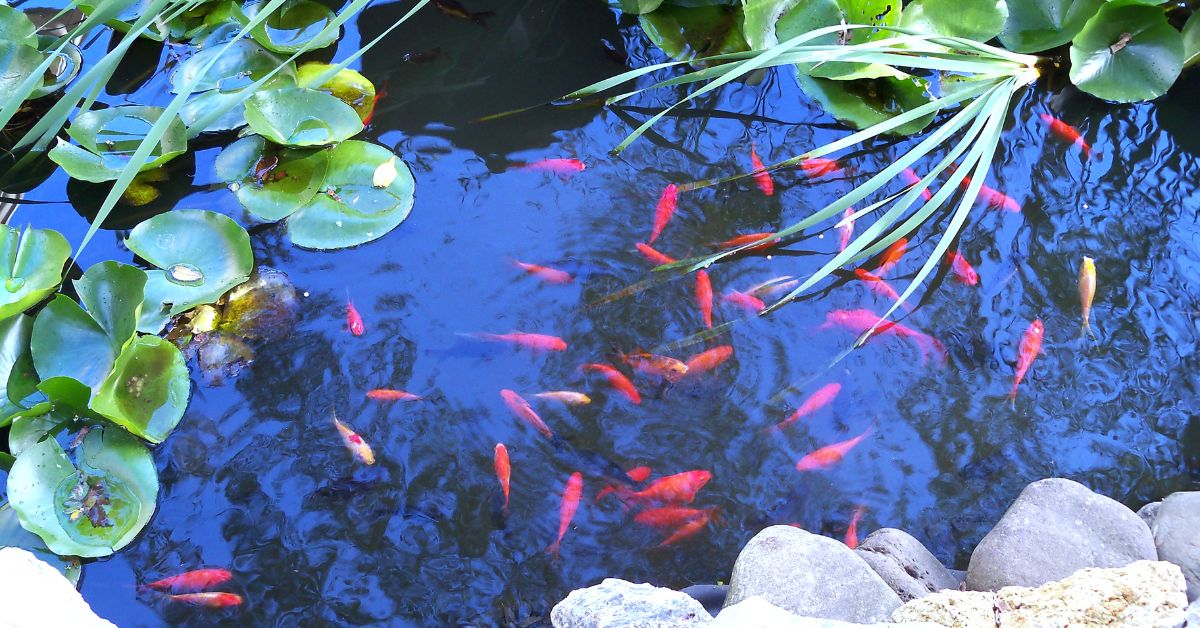The pond drum filter is the best mechanical filter and one of the oldest filters for liquid-solid separation.
This stainless steel equipment is the most cost-effective and necessary item for many industries. It is essential for particle filtering and has high flow rates at light load. Among the industrial procedures, there are the following:
- Water quality management
- REUT
- Sewage treatment facilities
- Before biological treatment, pre-treatment
- Treatment of municipal and industrial wastewater
- Tertiary care.
What does the drum filter serve?
The drum filter is typically employed for:
- Filtration of water
- Eliminate suspended particles, including colloids and excrement, prevalent in fish ponds.
The drum filter’s main functions are to ensure water renewal and mechanical filtration of pollutants and small particles. And this pertains to aquaculture, aquaponics, ponds, or even koi ponds. The pond drum filter can replace several natural filtration processes to ensure that the water is free of impurities. However, selecting a drum filter involves several factors. In other words, it depends on the needs and the size of the installation.
How does a drum filter function?
From the inside, a drum filter is fed. The contaminated water flows through the filter fabric and is treated before leaving the filter.
The water enters the pond drum filter using a pump or a gravity system. Here, the pollutants are removed from the water. The drum filter has an automatic control that focuses on this circumstance specifically for this purpose. This control monitors the water level in the drum filter continually. This is feasible with pump systems in front of the filter and gravity systems behind the filter. The water level varies as soon as the drum filter clogs. The water level in the gravity system decreases behind the drum. The water level in front of the drum rises in a pump system.
- The water passes from within the pond drum filter through the wall and out the other side.
- A mesh, whose size varies depending on the number of solids in the water, is attached to the drum side.
The drive motor that rotates the filter drum is turned on during filtration, which filters the debris gathered as described on the interior of the real drum. As a result, water cleans the drum by spraying via the nozzles of the pressure injection pump.
- To eliminate the debris the drum has gathered, the nozzles spray water into the drum from the outside. The water level rises in front of the drum in a pump system.
- The water enters the filter drum from the inside, travels through the wall, and exits on the outside.
- A mesh of varying sizes is attached to the drum side, depending on the number of solids in the water.
- During filtration, the drive motor that rotates the filter drum is activated. This mesh filters the debris gathered as described on the interior of the drum. Water is forced through the nozzles of the pressure injection pump to clean the drum.
- To eliminate the debris that the drum has gathered, the nozzles shoot water from the exterior of the drum into the interior. The amount of water to use in a pond drum filter depends on several factors, including the size of the pool and installation.
How is a drum filter maintained?
At 1H2O3 know that the customers care deeply about the health of their ponds and fish. They don’t want to get bogged down in the filtration’s technicalities. The 1H2O3 drum filters will therefore provide them with the results they need. The expectations are met since they have a strong sense of autonomy and require very little supervision. To accomplish such a result, have improved and reinvented the pond drum filter to reduce maintenance drastically. Have focused on replacing conventional worn parts like chains, straps, and even plastic sprockets with intelligent systems based on sprocket-based force transmission. The system’s unique bearings, which are more durable and require less upkeep, are another crucial component.
The laundry operations are automated. Additionally, various unique cleaning solutions will guarantee that the filter lasts for a very long time without requiring any maintenance. Limescale formation can be stopped using techniques like thorough washing.




